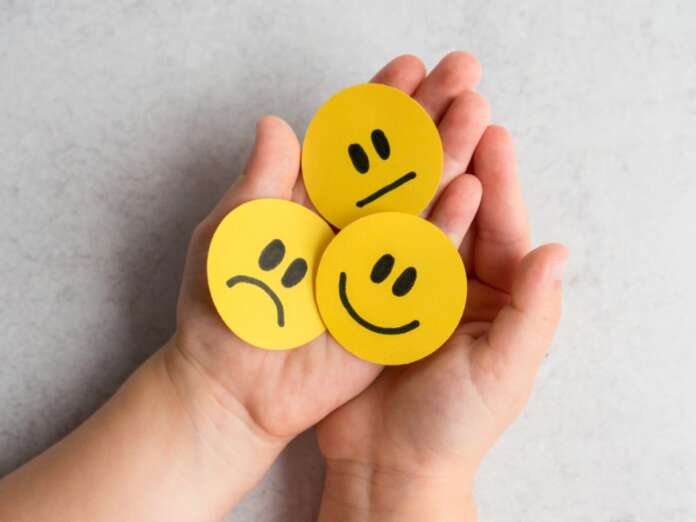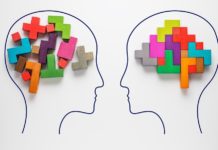
Emotions are an essential part of our life. Not only do they tip the balance of decisions, but they also affect our learning, daily activities, personal relationships and, of course, our mental and physical well-being. However, emotions are largely forgotten by education.
We teach kids to do math, understand the universe, and delve into biology, but we don't teach them something as basic as assertively managing their emotions. As a result, as adults they become full-fledged emotional illiterates who have difficulty recognizing and expressing their affective states, which often result in psychological disorders. The RULER method tries to break this vicious circle.
What is the RULER method?
The RULER method is a scientific approach based in social and emotional learning developed at the Yale Center for Emotional Intelligence. This method helps school communities better understand the value of emotions, developing emotional intelligence, and creating and maintaining a positive school climate.
The primary goal of the RULER Method is to instill the principles of emotional intelligence in the school system to improve the way students learn, teachers teach, and families guide their children. Nonetheless, this method can be applied at any point in life.
RULER is an acronym (English) that encompasses the five skills of Emotional Intelligence:
(recognising) Recognize emotions in yourself and in others, not only through words but also through small changes in our thoughts, energy level or even body, as well as someone else's facial expression, body language or voice.
(Understanding) Understand the causes and consequences of emotions. It is about understanding feelings and determining their origin, observing how they influence our thoughts and decisions. This helps us make better predictions about our thoughts and make more informed decisions.
(labeling) Label emotions with appropriate vocabulary; that is, establishing connections between an emotional experience and the precise words to describe it. People with a more developed emotional vocabulary can distinguish between similar but differently nuanced emotions, such as pleasure, happiness, or euphoria.
(Expressing) Expressing emotions according to cultural norms and social context, so you can generate the desired effect. This implies that we need to know how and when to show our emotions, depending on the time, place and people around us.
(regulating) Regulate emotions with useful strategies, to manage them properly instead of letting them take over. It involves being able to monitor, moderate and modify emotional reactions in a way that is useful for achieving our goals.
These skills help people of all ages use their emotions wisely, opening up opportunities for them to be more successful in school, work, and life.
From the emotional meter to the meta-moment, the 4 RULER tools
The RULER method is basically based on 4 very effective tools:
1. Poster. It consists in creating and approving, among all, rules aimed at building and maintaining a positive emotional climate. Such norms should specify how people want to feel and how they can help each other foster those feelings. But it can also be a personal manifesto that governs the relationship with oneself.
2. Mood Meter. The RULER Mood Meter or emotional meter improves social and self-awareness. Created by psychologist James Russell, it's a chart that measures two key attributes of moods: energy and pleasure. This simple matrix allows us to classify hundreds of moods into four key types. It also encourages the development of a larger emotional vocabulary to stimulate the emotional granularity and to help people become aware of what they are feeling and the intensity of those states.
3. Meta-moment. It provides a framework for responding to emotional situations with strategies that align with the best part of ourselves and support healthy relationships and personal well-being. It's a pause to reflect when we're under severe emotional stress, instead of just reacting.
4. Bluprints. It is a tool that supports the development of empathy and conflict resolution skills, serving as a guide to reflecting on the problem and restoring damaged relationships. It includes questions like: what happened? How did I feel? What caused my feelings? How did I express and regulate my emotions? How could my actions affect others? How could I answer differently? The interesting part of this tool is that we must first answer the questions from our own perspective and then through that of an outside observer.
How to apply the RULER method?
At the heart of the RULER method is a granular approach, because the idea is to broaden the understanding of our affective universe, distinguishing between different emotions and feelings.
For example, if we feel particularly bad we should:
1. (recognising) Recognizing the underlying emotion as accurately as possible, whether we are exhausted, stressed or overwhelmed.
2. (Understanding) In a second step we have to ask ourselves why we feel this way. What circumstances have brought us to this point? It can be pressure, social expectations, or our own inability to manage a project.
3. (labeling) At this point we can label all those other emotions that we are probably feeling too and that define our affective state. Accurately labeling emotions improves our self-awareness and helps us communicate what we feel more effectively, reducing misunderstandings.
4. (Expressing) It's about finding a way to express both the basic emotion and all those that accompany it, always in a healthy and respectful way with others and with ourselves.
5. (regulating) Regulating emotions with useful strategies that allow us to accept even the most unpleasant emotions and find an acceptable outlet for them.
Source:
Brackett, MA (2019) RULER: A Theory-Driven, Systemic Approach to Social, Emotional, and Academic Learning. Educational Psychologist; 54 (3): 144-161.
Admission RULER, the method to make peace with our emotions was published first in Corner of Psychology.



















































